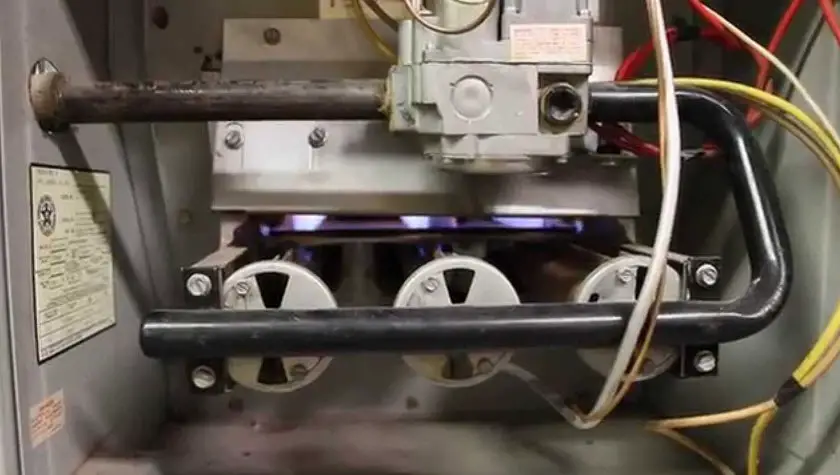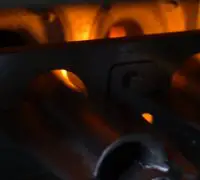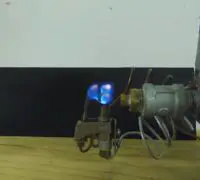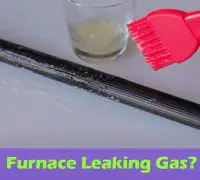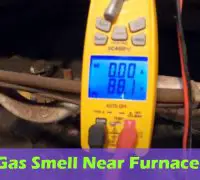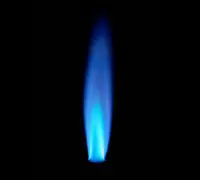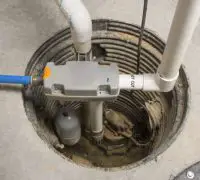Heil has been creating dependable devices for your comfort at home for a century now, and the Heil furnaces rarely disappoint. Furnaces are tremendous and sophisticated machines, with complicated mechanisms that take intense wear, so the risk of malfunctioning is never null.
Regular maintenance and proper addressing of any issue will ensure the long lifespan of your furnace. Changing the air filter regularly, servicing the furnace any now and then, preparing the furnace for the cold season are some of the couple of things you should do to reduce the risk of problems. Troubleshooting your Heil furnace isn’t always complicated, and more importantly, it doesn’t mean that you should call the HVAC technician. Some things have easy fixes, and you only need to do due diligence about your furnace and possible problems.
Page Table of Contents
What are the most common problems for your Heil furnace?
Heil furnaces come with many components for accurate performance, so each of these components could cause problems. Paying attention to your furnace can help you identify the problem and give you an idea about what’s wrong with your furnace. You may inform the technician about what could be wrong if you’re not able to fix it.
The furnace won’t heat.
When your furnace doesn’t heat, a fuse or circuit breaker could cause the problem. Most of the time, the furnace’s electrical system has shorted, or the power switch got blown.
You will have to reset the circuit breaker related to your furnace. If it’s blown, you will need to replace it.
Sometimes, the igniter could make the furnace not to heat. It could be defective or cracked. You will have to examine the igniter and replace it if you notice any cracks. It would help if you used a multimeter for testing the igniter for continuity when you don’t see any damages.
Irregular cycling
The thermostat is typically the cause for your furnace cycling irregularly, as it doesn’t adjust properly. For the thermostats with adjustable calibration scale, you will need to change it for the heat anticipator. Replace the thermostat if you don’t have results or if there are no adjustments to make.
The furnace doesn’t blow hot air.
A heil furnace blower motor not working is probably burnt out, so it won’t blow hot air. When it’s not the blower motor, the connecting belt has perhaps snapped. You should first make sure that the engine receives power. When it’s not running, the motor is failed. When the motor runs, but no hot air is coming out, a broken connecting belt could be the cause. Replacing the belt will solve the problem.
The furnace blows too much air.
The Control board is typically the cause for your furnace blowing too much air. It’s because the relay monitoring the blower motor on the control board has failed, so it will keep on sending voltage to the engine. You will have to replace the control board for fixing.
The thermostat could also make your furnace blow too much air. If so, the contact controlling the blower motor on the thermostat is probably sticking. It would help if you utilized a multimeter to examine the continuity. Replace the thermostat if that’s the problem.
Furnace is short-cycling
When the furnace starts and stops right afterward (short-cycling), the flame sensor could be the issue. The furnace’s flame sensor will identify when the flame is present. However, if the sensor is faulty or dirty, it won’t recognize the flame.
Should the flame be dirty, use a fine abrasive cloth for carefully cleaning the sensor. If the flame sensor is faulty, you should replace the flame sensor.
What are the heil furnace error codes?
Modern gas furnaces are great as they come with control panels that will flash codes whenever something is wrong. The flash LED codes to inform you of what could be the problem; at least you know if you can fix it or not.
CODE- heartbeat
It’s not a code to worry about; it merely informs you that the furnace’s control has 24 VAC power.
CODE 2 flashes
The system informs that the pressure switch didn’t open, so you should look for blocked pressure tubing.
CODE 3 flashes
If code 3 activates, the pressure switch failed to close and opened once again. Wrong vent size, excessive wind, faulty inducer motor, faulty pressure switch, or low inducer voltage are possible causes. The pressure tubing could also be disconnected/blocked, or the combustion air supply could be improper. Restricted vent, low inlet gas pressure, and clogged condensate may generate the issue.
CODE 4 flashes
The code 4 Flashes informs a limit circuit fault: flame rollout or a limit is open. You should check for a loose blower wheel, blocked vent, correct vent sizing, dirty filter, or defective blower motor. The connections or switch could be faulty, the wind could be powerful, or the combustion air supply isn’t correct.
CODE 5 flashes
The system informs about not regular flame proving signal. The flame is established as the gas valve is de-energized. You should verify if the gas valve is stuck open or it’s leaking.
CODE 6 flashes
Your Heil furnace not igniting will make the CODE6 flash. Also, if the flame sense is lost while running, Code 6 flashes will activate as well. The flame sensor shouldn’t be grounded, and the flame sensor shouldn’t present oxide buildup. Low inlet gas pressure, faulty hot surface ignitor, proper flame sense microamps, or faulty gas valve or gas valve turned off are the things to check. The heil furnace pilot light not igniting correctly or the flame carryover being improper could also lead to the problem. Make sure that the green/yellow wire is attached to the furnace sheet metal as well.
CODE 7 flashes
There’s a limited circuit lockout with your furnace. The lockout happens when the limit/flame rollout stays open for more than 3 minutes. It will take three hours for the control to auto-reset.
CODE 8 flashes
Code 8 flashes inform that the gas heating is in a lockout. The auto-reset of the control won’t take place. You should ensure that the control valve isn’t faulty and if the gas valve isn’t miss wired.
CODE 10 flashes
The code informs that the polarity for the system is reversed. If you have twinned furnaces, you have to check the twining kit for further instructions.
CODE 1+2 flashes
The code announces that a blower is on after power-up. The blower will operate for 90 seconds when the unit is powered up throughout a request for heat (R-W are closed) or R-W opens throughout the blower on delay.
CODE 6 +1 flashes
Should you notice this code on your furnace, there’s an ignition lockout. It will take three hours for the control to automatically reset.
CODE LED off
If this code occurs, the secondary voltage fuse is open. You should see if the door switch isn’t open, the 115 VAC at L1 and neutral, 24 V fuse 3A, 24VAC RED and COM Blue. A short circuit in the secondary voltage could be the issue.
CODE LED On
There’s a control circuity lockout for your furnace, and it will take an hour for automatic reset.
CODE LED solid
The code informs that the gas valve relay is stuck open. Software check mistakes, flame sensor circuit failure are to check. You may have to reset power for clearing the lockout and even replace control when the status code develops once again.
